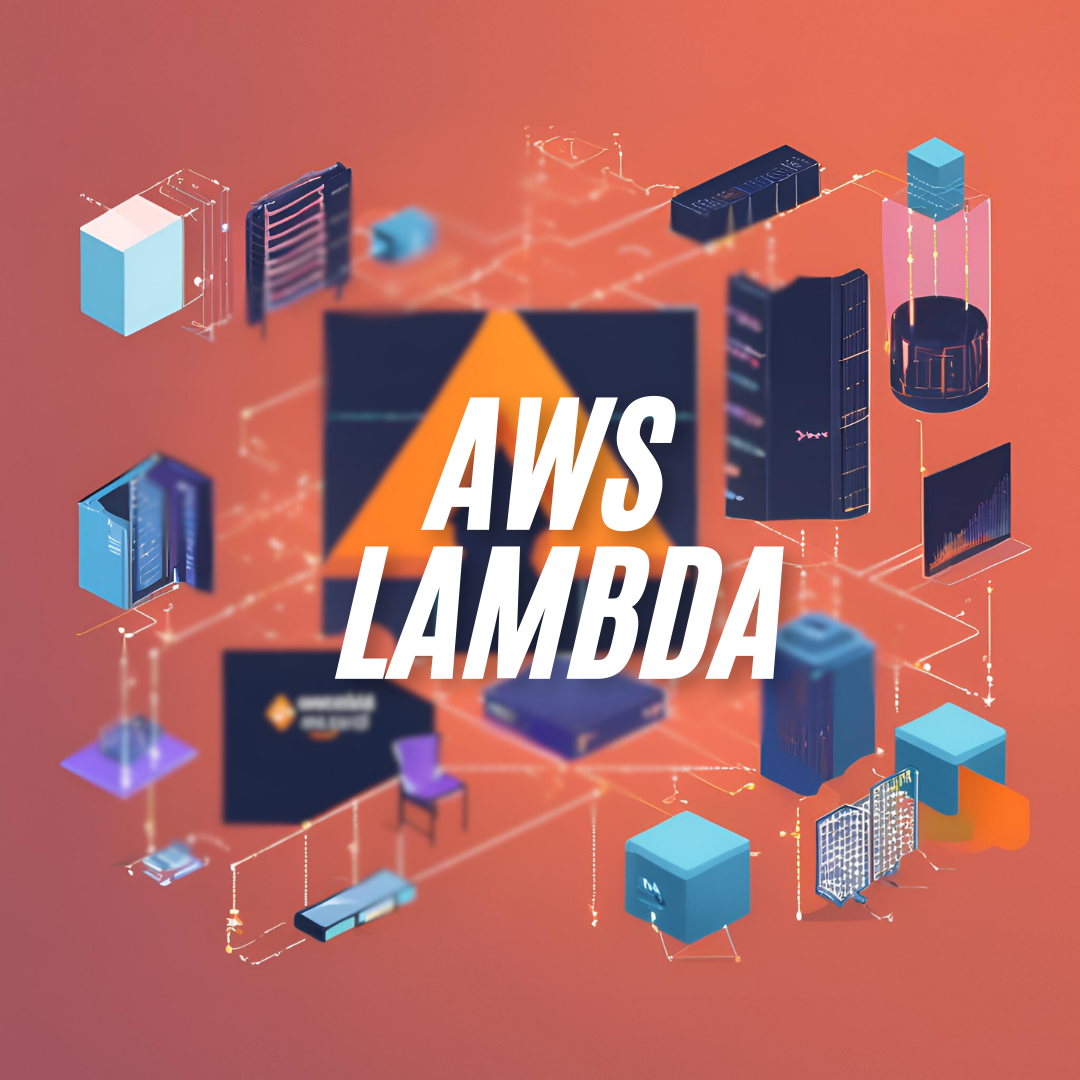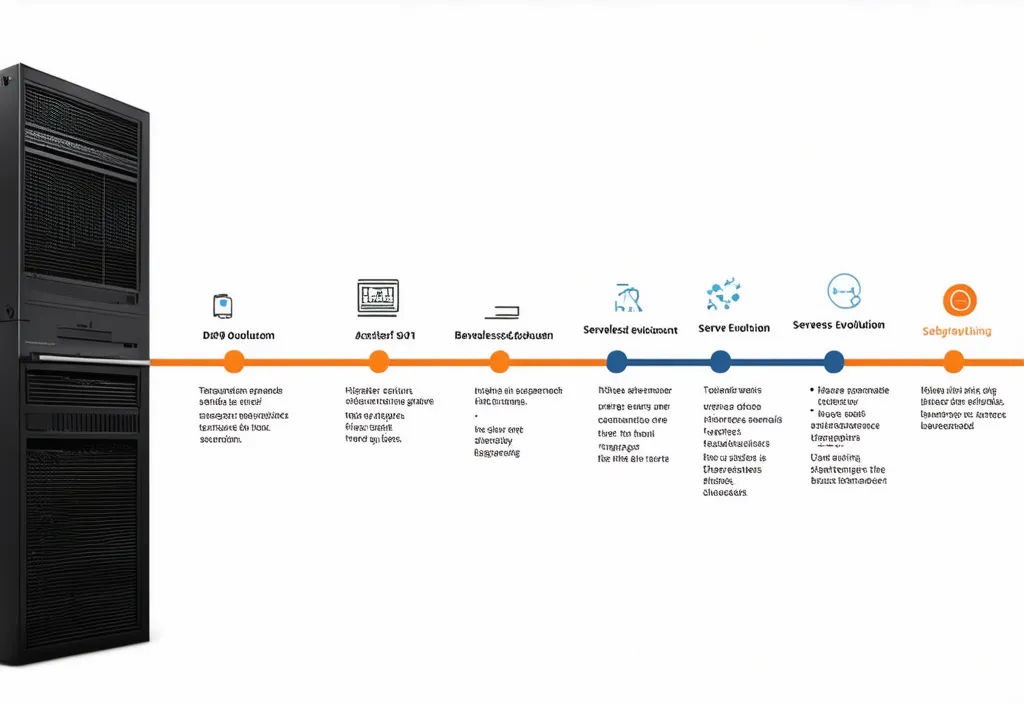Cloud Computing - AWS
Understanding AWS Lambda: A Comprehensive Guide
 Quest Lab Team
Quest Lab Team
In a groundbreaking announcement at AWS re:Invent 2023, Amazon Web Services unveiled significant enhancements to AWS Lambda, including substantial improvements in function execution duration limits and memory configurations. These updates have fundamentally transformed how developers approach serverless computing, marking a pivotal moment in cloud architecture evolution.
"AWS Lambda has processed over 20 trillion executions across millions of applications worldwide, establishing itself as the cornerstone of modern serverless architecture."
As organizations increasingly embrace cloud-native solutions, AWS Lambda stands at the forefront of the serverless revolution, offering a compelling proposition: run code without managing servers. This comprehensive guide delves deep into AWS Lambda's capabilities, best practices, and real-world applications, drawing from extensive research and hands-on experience.
The Evolution of Serverless Computing
The journey of serverless computing began with the introduction of AWS Lambda in 2014. Since then, it has revolutionized how developers build and deploy applications. Recent statistics from Datadog's State of Serverless report indicate that Lambda adoption has grown by 36% year-over-year, with over 80% of AWS users incorporating Lambda into their infrastructure.

Core Concepts and Architecture
At its core, AWS Lambda follows an event-driven architecture where functions are triggered by events from various AWS services or HTTP requests through API Gateway. Understanding this architecture is crucial for effective implementation.
Key Components of AWS Lambda
The Lambda service architecture consists of several critical components:
- Function Runtime Environment: Managed execution context for your code
- Event Source Mappings: Connections to AWS services that trigger your functions
- IAM Roles and Permissions: Security controls for function execution
- CloudWatch Integration: Monitoring and logging capabilities
The runtime environment is particularly noteworthy, as AWS now supports a wide range of programming languages including Python, Node.js, Java, Go, and .NET Core. Each runtime is optimized for performance and security, running in isolated containers that are automatically managed by AWS.
Performance Optimization and Best Practices
Recent benchmarks conducted by the cloud computing community have revealed fascinating insights into Lambda's performance characteristics. Understanding these metrics is crucial for optimization.
- Cold Start Management: Recent data shows that Lambda cold starts average 100-400ms for most languages, with Java experiencing longer delays of 500ms-1s. Implementing provisioned concurrency can reduce these times by up to 90%.
- Memory Configuration: Analysis of millions of function invocations suggests that the sweet spot for memory allocation lies between 512MB and 1024MB for most applications.
- Execution Duration: With the new 15-minute execution limit, long-running tasks are now feasible, though careful cost analysis is recommended.
Security Considerations and Compliance
Security in serverless architectures requires a different approach compared to traditional infrastructure. AWS Lambda provides several built-in security features, but understanding their proper implementation is crucial.
Security Best Practices
Implement these critical security measures:
- Use IAM roles with least privilege principles
- Encrypt environment variables using KMS
- Implement proper error handling and logging
- Regular security audits and compliance checks
Cost Optimization Strategies
Understanding Lambda's pricing model is crucial for cost optimization. Recent analysis shows that proper configuration can lead to significant cost savings compared to traditional server-based solutions.
"Organizations implementing proper Lambda optimization strategies report cost savings of up to 60% compared to traditional server-based architectures."
- Right-sizing Memory: Analyze function performance metrics to find the optimal memory configuration
- Execution Time Optimization: Implement code optimization techniques to reduce execution time
- Concurrent Execution Management: Use reserved concurrency to control costs during high-traffic periods
Integration Patterns and Use Cases
AWS Lambda's versatility enables numerous integration patterns and use cases. Understanding these patterns helps in designing efficient serverless architectures.
Common integration patterns include event processing, real-time file processing, data transformation, and API implementations. Each pattern has its own considerations and best practices.
Monitoring and Troubleshooting
Effective monitoring is crucial for maintaining Lambda functions in production. AWS provides comprehensive tools through CloudWatch, but understanding how to use them effectively is key.
Essential Monitoring Metrics
Focus on these key metrics for optimal performance:
- Invocation count and error rates
- Duration and memory utilization
- Throttling and concurrent executions
- Cold start frequency and impact
Development Workflow and Tools
Modern Lambda development leverages various tools and frameworks that enhance productivity and maintainability. The Serverless Framework and AWS SAM have emerged as popular choices for deployment and management.
- Local Development: Tools like AWS SAM CLI enable local testing and debugging
- CI/CD Integration: Automated deployment pipelines using AWS CodePipeline or GitHub Actions
- Testing Strategies: Unit testing, integration testing, and end-to-end testing approaches
Real-world Success Stories
Several organizations have successfully implemented AWS Lambda at scale, providing valuable insights and lessons learned.
"Netflix processes over 500 billion Lambda function executions monthly, demonstrating the massive scalability potential of serverless architecture."
Future Trends and Developments
The serverless landscape continues to evolve, with AWS Lambda leading innovation in several areas. Recent developments and future trends indicate exciting possibilities.
- Enhanced Runtime Support: Expanded language support and custom runtime capabilities
- Improved Development Experience: Better debugging and monitoring tools
- Advanced Security Features: Enhanced encryption and security controls
Conclusion and Next Steps
AWS Lambda represents a fundamental shift in cloud computing, offering unprecedented scalability and cost-effectiveness. As organizations continue to adopt serverless architectures, understanding Lambda's capabilities and best practices becomes increasingly important.
Key Takeaways
Remember these essential points when working with AWS Lambda:
- Start with proper architecture and design patterns
- Implement robust monitoring and optimization strategies
- Focus on security and cost optimization from the beginning
- Stay updated with latest features and best practices
As we look to the future, AWS Lambda continues to evolve, providing more features and capabilities that enable developers to build sophisticated, scalable applications with ease. The journey to serverless architecture may seem challenging, but with proper understanding and implementation, the benefits far outweigh the initial learning curve.

Quest Lab Writer Team
This article was made live by Quest Lab Team of writers and expertise in field of searching and exploring
rich technological content on cloud computing and its future with its impact on the modern world




